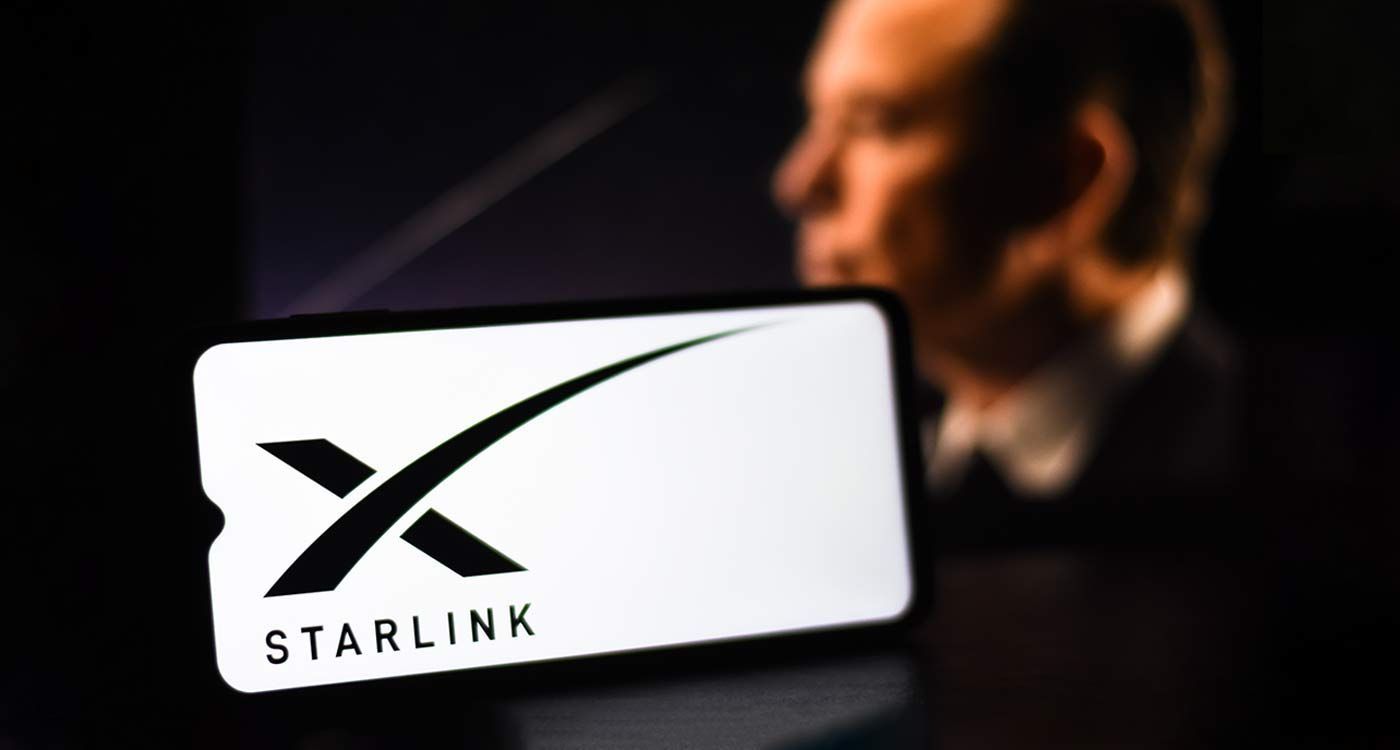
Internet in Lebanon—long a source of collective frustration, frozen Zoom screens, and endlessly buffering pages—has become a symbol of the country's crumbling infrastructure. For years, connectivity has been as unreliable as a stormy sea. But now, hope may quite literally be on the horizon thanks to Starlink, the satellite internet service developed by SpaceX, the brainchild of tech magnate Elon Musk.
Could Lebanon finally be on the cusp of fast, stable, uninterrupted internet? For once, fingers are crossed—not to reboot the router, but in genuine anticipation.
After years of trudging through a digital experience as slow and congested as traffic on the Dora highway, Lebanon may be looking skyward for solutions. Starlink, which provides high-speed internet via low-orbit satellites, could be the game-changer.
And there’s movement: on Friday morning, Lebanon’s Minister of Economy and Trade, Amer Bisat, met with Sam Turner, Starlink’s Regional Director for the Middle East. The message was clear—Lebanon is eager to rejoin the global digital age.
“The presence of Starlink in Lebanon will provide additional, reliable, and efficient internet services to the private sector,” said Minister Bisat.
Even more encouraging, the minister pledged full support for a swift rollout, as part of his “Ease of Doing Business” initiative—a strategy aimed at reducing the bureaucratic obstacles that have long plagued both investors and entrepreneurs. In short: doing business without the headaches.
What Exactly Is Starlink?
Starlink is a network of more than 3,200 low-Earth orbit satellites designed to provide high-speed internet nearly everywhere—including areas where traditional infrastructure, like fiber or cable, is either unreliable or entirely unavailable.
Unlike conventional geostationary satellites—which are notorious for their high latency and sluggish response times—Starlink satellites operate much closer to Earth. This translates to dramatically lower latency, around 20 milliseconds compared to the 600 ms typical of older systems. The result? Seamless video calls, faster streaming, and a smoother online experience overall.
How Does It Work?
The setup is straightforward: instead of relying on land-based infrastructure that is often outdated or frequently damaged, users install a compact Starlink antenna—commonly referred to as the “dish”—which connects directly to the satellites in orbit.
However, before Lebanese consumers can subscribe to the service, a few steps remain. The government must first grant official approval—a process already underway, according to the Minister of Economy. Once authorized, users will be able to purchase the necessary equipment (the Starlink dish and router) and subscribe through local service providers licensed by the Ministry of Telecommunications.
Once operational clearance is given, access to Starlink’s service could be activated within just 24 hours.
According to well-informed sources, Starlink is expected to deliver internet speeds of up to 280 Mbps—comparable to what fiber-optic connections offer in more developed markets. The monthly subscription is projected to cost around $100. While that may seem steep, given the country’s current internet landscape, it could well be seen as a luxury worth paying for.
The Advantages
Among the key advantages is the promise of a fast and stable connection, even in Lebanon’s most remote or underserved areas. This independence from outdated or entirely absent land-based infrastructure offers a much-needed digital lifeline. For businesses, especially those relying on remote work, it could mark a turning point: no more disrupted meetings or failed file transfers, and no more relying on luck for a stable signal. Additionally, the service is expected to be regulated by the Lebanese authorities, generating state revenue through licensing and helping formalize what has long been an underregulated digital sector.
And the Drawbacks?
Still, Starlink is no perfect solution. The relatively high cost is likely to make the service accessible primarily to wealthier households or businesses, potentially slowing widespread adoption. Its performance can also be affected by weather conditions, particularly rain and storms. And crucially, the legal and regulatory frameworks are still in development—raising concerns about how to structure the market responsibly and avoid a chaotic, unregulated tech environment.
A Realistic Solution, Not a Miracle
Though Starlink is no silver bullet, it is undoubtedly one of the most credible solutions to Lebanon’s chronic internet crisis. Where public authorities have failed for decades to modernize infrastructure on the ground, Starlink offers a real chance to succeed—from above.





Comments